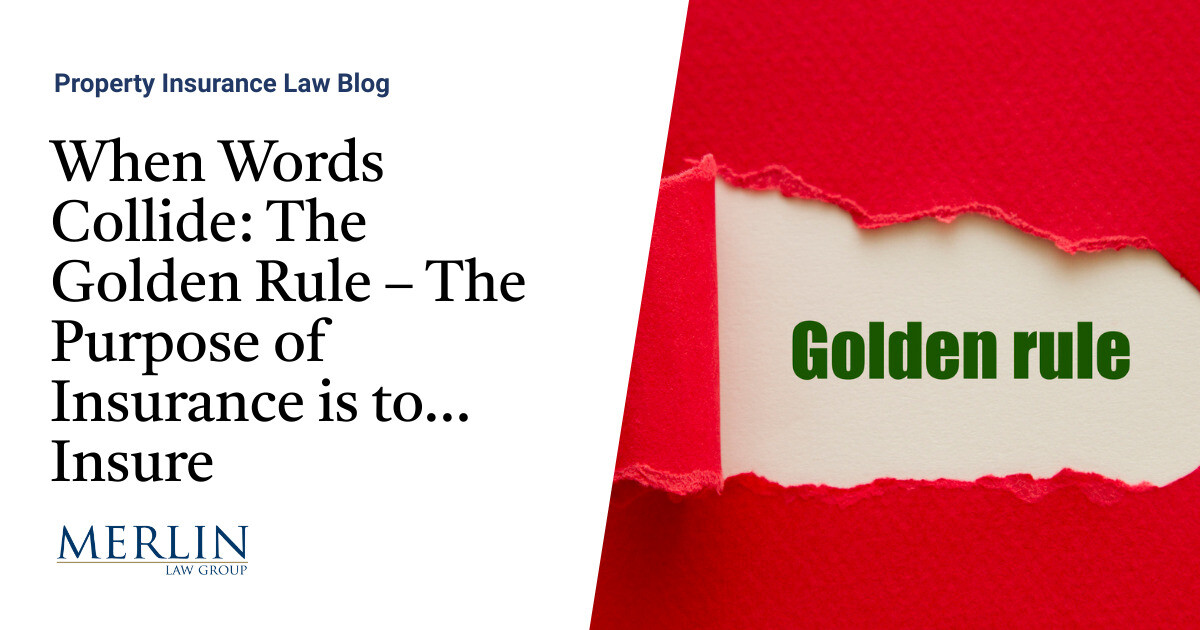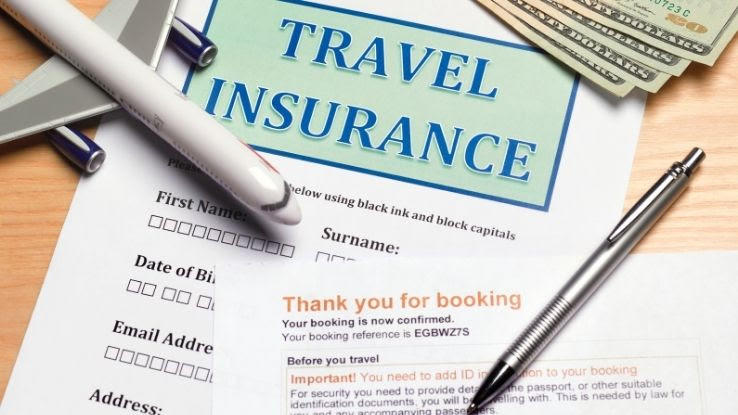9 Simple Techniques For Pacific Prime
9 Simple Techniques For Pacific Prime
Blog Article
About Pacific Prime
Table of ContentsA Biased View of Pacific PrimeThe Best Guide To Pacific PrimePacific Prime Things To Know Before You BuyThe Greatest Guide To Pacific PrimeThe Ultimate Guide To Pacific Prime

This is due to the fact that the information were gathered for a duration of solid financial efficiency. Of the estimated 42 million individuals that were uninsured, almost concerning 420,000 (about 1 percent) were under 65 years old, the age at which most Americans end up being eligible for Medicare; 32 million were adults in between ages 18 and 65, about 19 percent of all adults in this age; and 10 million were children under 18 years old, concerning 13.9 percent of all kids (Mills, 2000).
These price quotes of the number of individuals without insurance are generated from the yearly March Supplement to the Existing Population Survey (CPS), performed by the Census Bureau. Unless otherwise kept in mind, national quotes of individuals without health insurance policy and proportions of the populace with various type of insurance coverage are based on the CPS, one of the most commonly used resource of price quotes of insurance protection and uninsurance rates.
The 5-Minute Rule for Pacific Prime

Still, the CPS is especially useful because it produces yearly quotes fairly promptly, reporting the previous year's insurance coverage approximates each September, and because it is the basis for a regular collection of price quotes for greater than two decades, allowing for analysis of patterns in insurance coverage with time. For these reasons, along with the extensive use the CPS in other research studies of insurance coverage that are offered in this record, we depend on CPS estimates, with constraints noted.

The quote of the number of without insurance people increases when a populace's insurance coverage status is tracked for numerous years. Over a three-year period starting early in 1993, 72 million people, 29 percent of the united state populace, lacked protection for at least one month. Within a single year (1994 ), 53 million individuals experienced at the very least a month without insurance coverage (Bennefield, 1998a)
6 out of every 10 without insurance grownups are themselves employed. Functioning does improve the likelihood that one and one's household members will certainly have insurance policy, it is not an assurance. Even participants his response of households with two permanent wage earners have almost a one-in-ten opportunity of being uninsured (9.1 percent without insurance price) (Hoffman and Pohl, 2000).
Some Known Incorrect Statements About Pacific Prime
New immigrants make up a significant proportion of people without wellness insurance. One evaluation has actually attributed a considerable portion of the current development in the size of the united state uninsured populace to immigrants who got here in the country between 1994 and 1998 (Camarota and Edwards, 2000). Current immigrants (those that involved the United States within the previous four years) do have a high price of being uninsured (46 percent), yet they and their youngsters account for just 6 percent of those without insurance coverage country wide (Holahan et al., 2001).
The connection between health and wellness insurance policy and access to care is well established, as recorded later on in this chapter. Although the connection between medical insurance and wellness outcomes is neither direct neither basic, a comprehensive scientific and health and wellness solutions study literature links medical insurance protection to improved access to care, better quality, and enhanced individual and populace wellness status.
Degrees of analysis for examining the results of uninsurance. It concentrates specifically on those without any kind of health and wellness insurance for any type of length of time.
Pacific Prime Can Be Fun For Everyone
The troubles faced by the underinsured are in some respects comparable to those encountered by the without insurance, although they are normally less severe. Health and wellness insurance coverage, however, is neither necessary nor adequate to get access to medical services. The independent and direct result of health insurance protection on accessibility to wellness solutions is well developed.
Others will get the healthcare they require also without health insurance, by spending for it out of pocket or seeking it from suppliers who supply care free or at very subsidized rates. For still others, medical insurance alone does not guarantee invoice of care due to various other nonfinancial barriers, such as a lack of healthcare service providers in their community, restricted access to transport, illiteracy, or linguistic and cultural distinctions.
The Only Guide to Pacific Prime
Formal research study concerning without insurance populations in the United States dates to the late 1920s and very early 1930s when the Board on the Price of Healthcare created a collection of records concerning financing medical professional workplace gos to and hospital stays. This concern became salient as the numbers of clinically indigent climbed up during the Great Depression.
Report this page